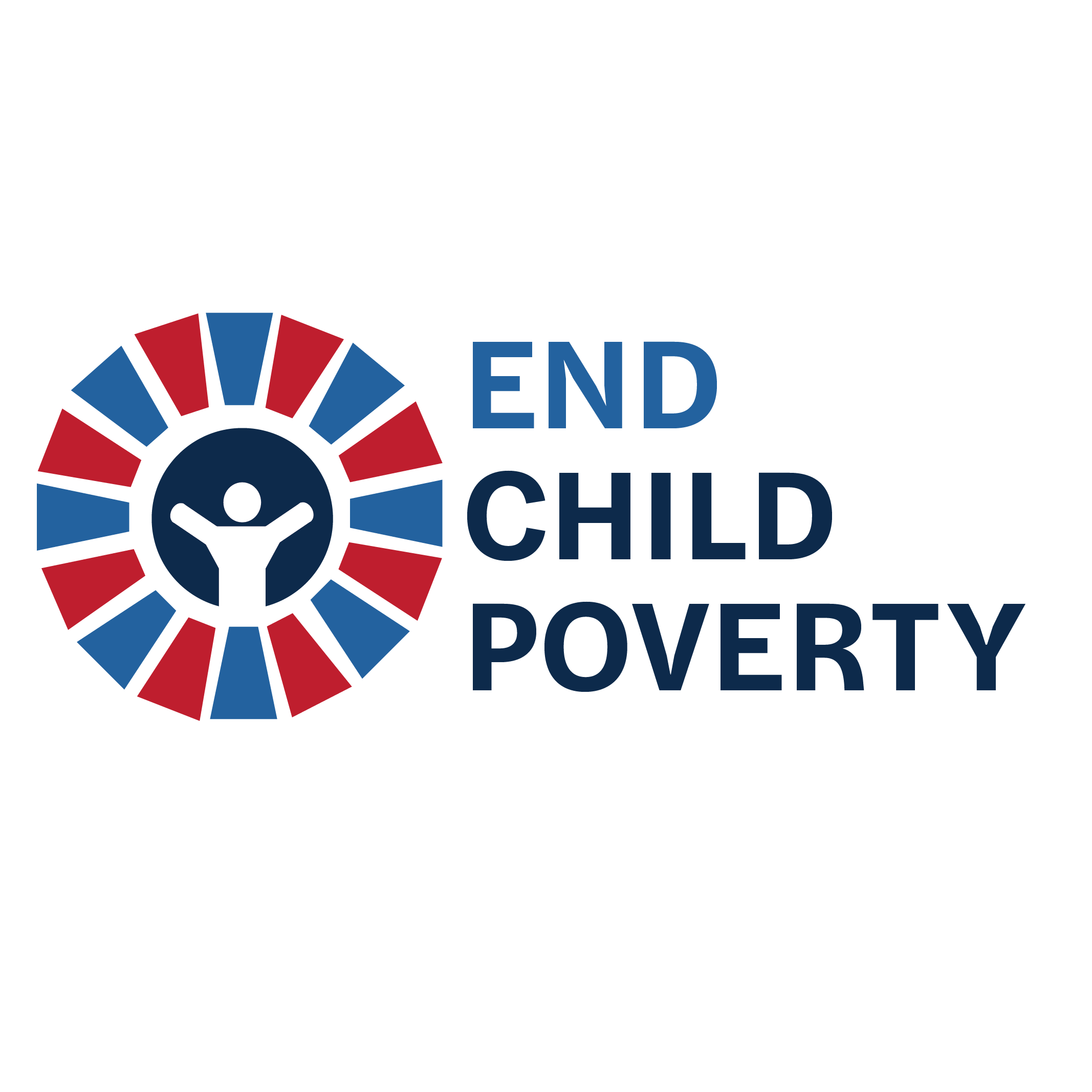Tax Credits: A Crucial Weapon in the Fight Against Child Poverty
March 22, 2017
This was originally posted at Spotlight On Poverty.
If a topic like comprehensive tax reform could ever be the rage in Washington, now would be the moment. President Trump has pledged to deliver “big league” changes to taxes, particularly cutting corporate taxes. Standing room-only sessions on Capitol Hill have debated the previously obscure proposal for a ‘border-adjusted’ tax to boost American jobs.
But at least one crucial group has been left out of these discussions: children in poverty. And that’s a big deal. The tax code has become the primary way our nation boosts the incomes of low-income families.
The Child Tax Credit is worth up to $1,000 per child, and because it is partially refundable, even families who do not owe any taxes can get money back from the government. The Child Tax Credit works in tandem with the Earned Income Tax Credit (which provides a credit of as much as $5,548 to working families with two children). Together these credits for working families lifted 5.1 million children out of poverty in 2014. Families now receive more aid from these tax credits than they receive from welfare or food stamps.
New evidence indicates just how important these family tax credits are to combatting poverty. Rigorous research has found that these relatively modest amounts of cash lead to long-term benefits, starting with lower incidence of low birth weight, and continuing with increasing test scores in elementary and middle school, and higher graduation rates from high school. Part of the impact comes from the ability of tax credits to reduce family stress that can be literally toxic to the vulnerable and fast developing bodies of young children, in addition to allowing families to afford child rearing essentials like child care and diapers.
Tax reform should be a moment to build on the successes of family tax credits in protecting our most important investment in the nation’s future. Towards that end, a recently released report by the The Child Poverty Action Group USA provides an important blueprint for the next generation of family tax policy.
For example, a Young Child Tax Credit would address the sky-high expenses of early childhood including diapers and infant child care (which averages 40 percent of the median income of single mothers). Making all (or a larger share) of the credits refundable would dramatically increase the number of families lifted out of poverty. Increasing the limit on child care expenses (currently $3,000) eligible for the child care and development tax credit would align this credit with the reality of the skyrocketing costs of child care. The federal tax code could be revised to provide incentives for low-income families with children to save for college, or simply for a rainy day.
The beauty of tax credits is that they can win support from conservatives concerned about the tax burden on families and who want to provide additional support to families with stay-at-home parents who don’t benefit from other forms of government support. Recent major tax legislation like the Bush Tax Cuts of 2001 and the Bipartisan Budget Act passed in 2015 included expansions of family tax credits. But, family tax credits could be easily left out this time. Republicans opting to use the simple majority procedure called reconciliation won’t need Democratic votes, and will have less pressure to engage on what is perceived as a Democratic issue.
In fact, tax reform in 2017 could worsen the situation. Pressure to simplify the tax code could result in repealing current deductions and credits to fund a lower across-the-board tax rate. This could reduce the after-tax income of families with children living in poverty. The last major blueprint for tax reform, introduced in 2014 by Rep. Dave Camp (R-MI), did just that—reducing the Earned Income Credit for families with more than one child and eliminating the child care and dependent tax credit.
Ivanka Trump has called significant attention to child care. But some of the proposals floated during the presidential campaign – like giving taxpayers the ability to deduct child care income from their taxes –would direct a lion’s share of new money to middle income kids not the poor. And, adding to the anxiety of child advocates, tax reform will be moving forward along with a budget that could include debilitating cuts to health insurance, child care, and energy assistance.
Whatever happens in 2017, family tax credits have more than proven their worth fighting poverty in America. But we still have only scratched the surface as a nation as to what tax policy can do to boost the futures of children at risk. Moving towards the right family tax policy will require sustained engagement by child advocates in the foreign territory of tax debate, a focus on highlighting the dangers of policies that worsen the finances of poor families, and the continued push for strengthening key tax credits in this Congress and beyond.
Andrew Stettner is a senior fellow at The Century Foundation, which is a member of the Child Poverty Action Group.
